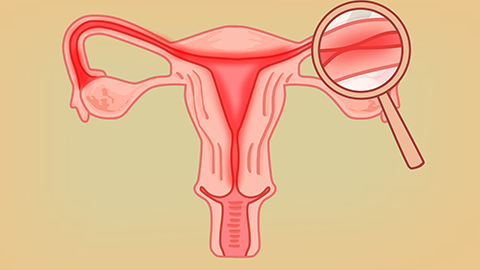Can endometritis be detected by B-ultrasound?
Generally, if endometritis is mild in severity, it usually cannot be detected by B-ultrasound. However, if the inflammation is more severe, B-ultrasound can reveal abnormalities. If discomfort symptoms occur, it is recommended to promptly visit a regular hospital for diagnosis and treatment. Detailed analysis is as follows:

When endometritis is mild, the endometrium may only show slight congestion and edema without significant thickening, fluid accumulation, or morphological changes. In such cases, B-ultrasound typically cannot detect the condition. B-ultrasound primarily identifies abnormalities by observing tissue morphology, structure, and echo changes. Subtle alterations caused by mild inflammation may not be clearly captured by ultrasound and may appear as "no obvious abnormalities" in the endometrium, potentially leading to missed diagnosis. In such situations, diagnosis often requires a combination of clinical symptoms, blood tests, vaginal discharge tests, or other methods for comprehensive assessment.
If endometritis is more severe, the endometrium will show significant thickening and uneven texture, possibly accompanied by fluid accumulation in the uterine cavity, disordered endometrial echoes, or even the formation of inflammatory polyps. In such cases, B-ultrasound can detect these abnormalities. Ultrasound imaging can clearly show these morphological and structural changes, such as thickened endometrium with uneven echoes or fluid-filled dark areas within the uterine cavity, helping physicians assess the extent and severity of the inflammation and providing important evidence for diagnosis and treatment.
Ultrasound examination can serve as an auxiliary diagnostic method for endometritis but cannot alone confirm the diagnosis. Once endometritis is diagnosed, standardized treatment should be carried out under a physician's guidance to control the infection and alleviate symptoms.




